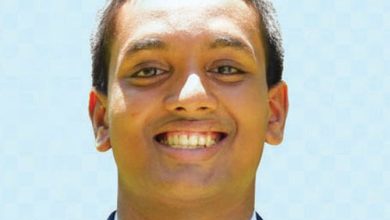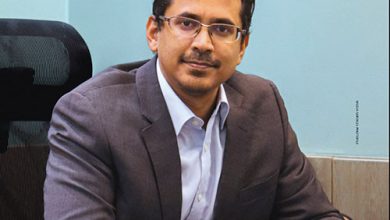WISH YOU WERE HERE
SOLOMON ISLANDS
Legendary Pacific isles
Sandip Hor takes flight to a picturesque archipelago and revisits its WWII significance

A British protectorate until 1978, Solomon Islands is now an independent nation comprising a cluster of 21 major islands and 900 smaller atolls. The archipelago lies east of Papua New Guinea (PNG) and north-east of Australia.
Only 30 percent of the islands are inhabited by a population of around 623,000 people, mostly of Melanesian origin, while some have Polynesian and Micronesian roots as well. Their combined culture and tradition are the backbone of the nation’s social structure.
European explorer Álvaro de Mendaña discovered the islands in 1568 and named them ‘Solomon Islands,’ based on the legend that 10th century BC Israelite King Solomon used gold from here.
Though the gold reserve remains, the lure for modern-day travellers to visit Solomon Islands is not its mining but to experience a paradisal destination, which – unlike its Pacific Ocean neighbours – exists without any 21st century amenities.
As one would expect, there’s modernity – particularly in terms of infrastructure – only in the capital Honiara, which is the international gateway where a degree of contemporary urban character can be sensed.
However, this lack of infrastructure doesn’t seem to worry the 20,000 or so visitors who arrive annually since they prefer to be as far away from modernity as possible.
WHERE TO STAY Accommodation options are fairly basic but comfortable. There are some good hotels of international standard in Honiara, such as Coral Sea Resort and Heritage Park Hotel, which rank at the top of the list.
WHAT TO EAT The best option is to eat island food, which is mainly locally caught fish with sweet potatoes and slippery cabbage, in addition to fruits such as papaya and bananas.

WHERE TO GO Most visitors venture out of Honiara to other island provinces where the natural scenery reminds them of documentaries they’ve seen on Discovery Channel.
Most popular are Munda and Gizo, which are petit settlements dotting the islands of New Georgia and Ghizo in the western part of the country. Visitors embrace the local lifestyle by following ‘island time’ – with the word ‘rush’ taken out of their vocabulary!
They go inland for bushwalking, rainforest cruising, waterfall bathing or visiting local villages and communities to experience a life that is unaffected by the new world.
Though the hinterland experience can be refreshing, raw encounters with the sea are the main attraction in Solomon Islands where some of the world’s best sites for scuba diving and snorkelling are located.

Underwater adventures not only offer glimpses of a mesmerising galaxy of coral reefs and multicoloured marine life but also unique sightings that are hard to find elsewhere in the world.
These include submerged battleships, bombers, fighters, and other war machines and materiel dumped by the Japanese at the end of World War II – Solomon Islands was a stage for fierce combat between the Japanese and Allied forces during WWII. Tanks, artillery and barges can be spotted in the bushes as well.
Land activities include swimming, kayaking, fishing, rafting, wharf jumping, cruising the lagoons in small dinghies or shuttling between isolated islands on a motorboat, sometimes through the open sea.
Former US president John F. Kennedy (JFK) had a connection with this Pacific nation. During WWII, JFK was a lieutenant in the US Navy and the commander of patrol torpedo boat PT-109. On 2 August 1943, the vessel was hit by the Japanese destroyer Amagiri and sank into the ocean.
Kennedy and his crew swam for miles to an isolated island and survived the next few days without food or water until they were rescued by the US Navy. To immortalise this heroic episode, the remote island has been named after JFK and is a regular stop for visitors.





